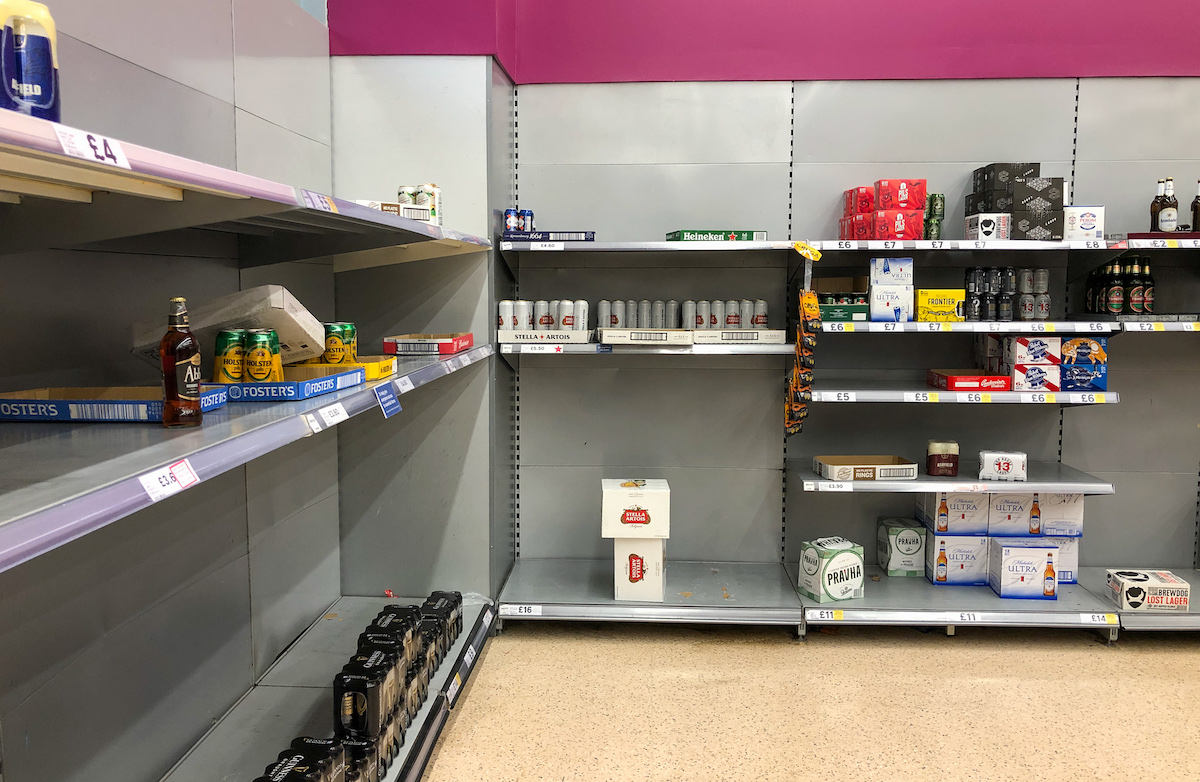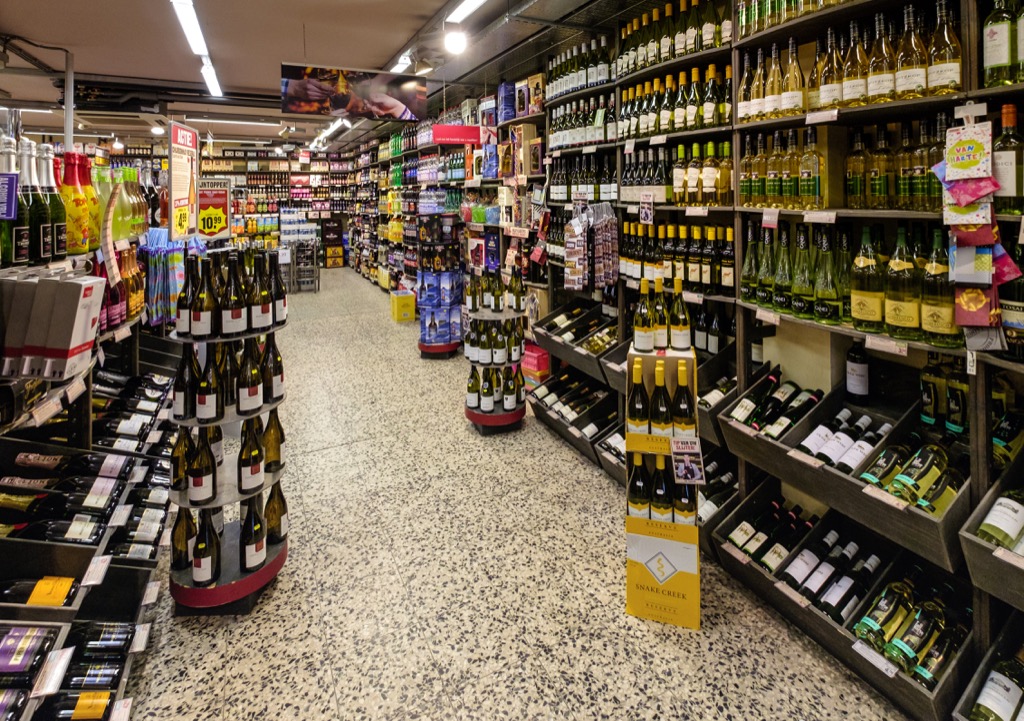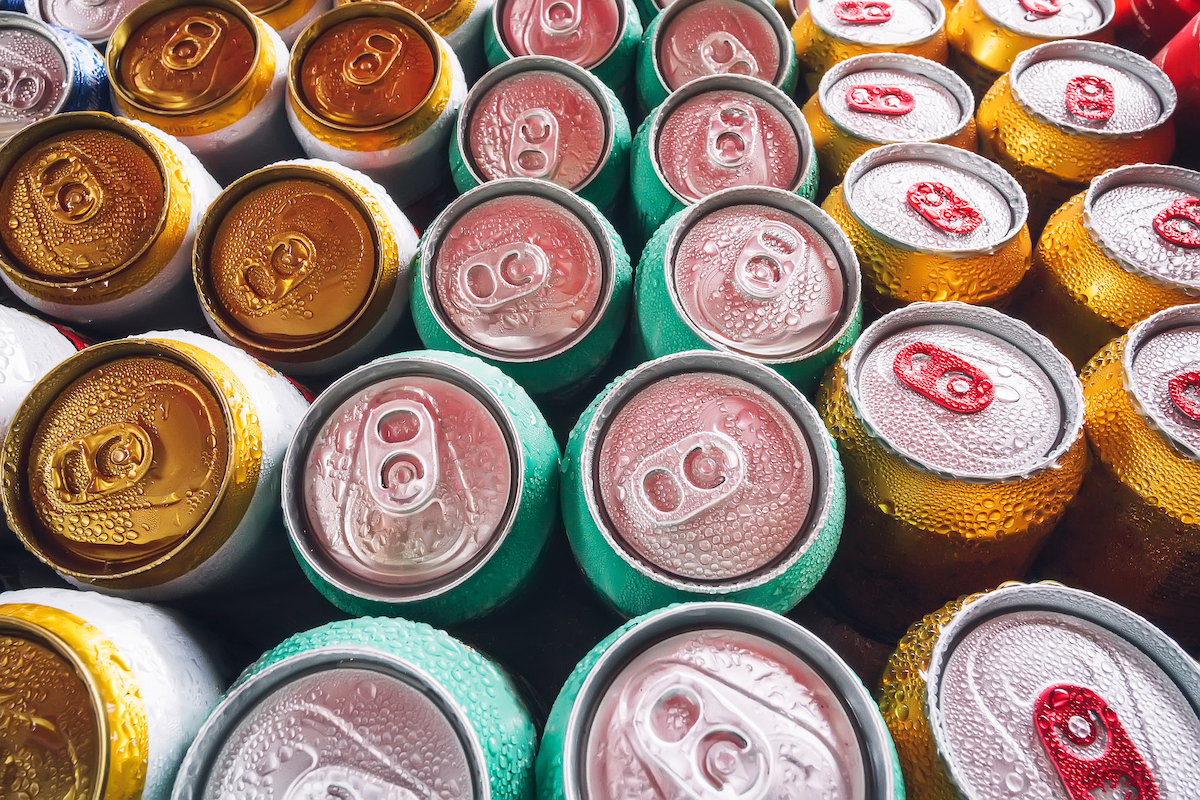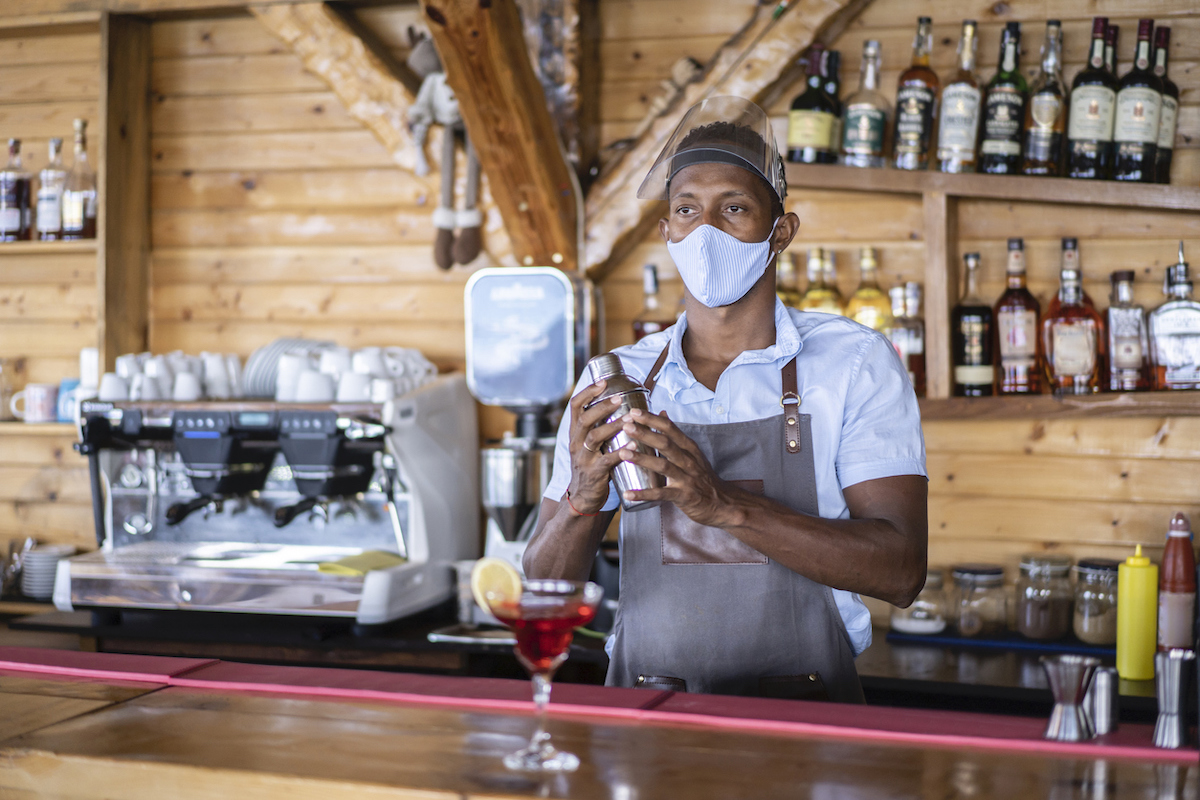At least three states are currently suffering from alcohol shortages due to disrupted supply chains and worker shortages. And it gets worse: According to experts, these shortages are likely to continue into early next year, especially as bars and restaurants reopen and compete with increased at-home consumers for beer and liquor. Read on to find out where bars, restaurants, and wholesalers are struggling to keep alcohol on shelves. RELATED: This Is the Most Popular Liquor in Your State, According to Data. Liquor store owners and bar owners across Ohio, Vermont, and North Carolina say it’s been difficult to acclimate to the new normal, especially as people have shifted to doing most of their imbibing at home. Ohio, like many places around the country, saw a boom in drinking during the pandemic. A report from the Dayton Daily News found that state liquor agencies saw a nearly 10 percent increase in liquor sales in 2020 compared to 2019, even as sales shifted from wholesale to retail. “I took a picture of my shelves,” one liquor store manager told the outlet. “It looked like locusts had gone over them. I’d never seen them that empty in my life. It was like, overnight.” In Vermont, alcohol sales increased by 13 percent, Vermont Department of Liquor and Lottery Deputy Commissioner Wendy Knight told WCAX. And in North Carolina, there was a 15 percent increase year over year between May 2019 and May 2020. Restaurant and bar owners say now that as much of the U.S. has opened back up, they’re finding that many beer and alcohol distributors are struggling to keep up with supply. Supply chain issues combined with worker shortages and increased demand from newly opened bars and restaurants have now created a perfect storm for alcohol shortages. In North Carolina, for example, bars and restaurants fully reopened in May without restrictions, forcing business owners to ramp up from 0 to 60 quickly. Fernando Gomez, a Mexican restaurant owner in Charlotte, North Carolina, said he spends days searching for liquor to fill his bar shelves, traveling to several ABC-operated stores. In one case, he told the Charlotte Observer, “I had to drive to six ABC stores, and it took me almost the whole day. I never like to run out. It’s not me. It’s just nowhere.” The problem has been exacerbated by the way that these states control the flow of alcohol. In North Carolina, the state requires that food and beverage establishments purchase alcohol from the state Alcohol Beverage Control, or ABC. Vermont runs a similar Divison of Liquor Control, as does Ohio. As a result, these state-run establishments have been inconsistently stocked. Vermont is among the states that uses a control model for distilled spirits, which means the state acts as a wholesaler. The state purchases liquor and distributes it to state-licensed stores, which then sell to the public. “There’s enough to at least have your second choice, if not your first,” George Bergin, who owns the Beverage Warehouse in Winooski, Vermont, and buys from the state wholesale, told local WCAX. “With all the bars and restaurants opening up everywhere, everyone is trying to restock their shelves, and it’s just taking a little bit of time to get caught up with the sudden demand.” RELATED: For more up-to-date information, sign up for our daily newsletter. But it’s not necessarily the alcohol itself that’s short; there have also been sluggish deliveries of aluminum cans and bottles. Mac McHugh, the executive vice president and general manager at the Heidelberg Distributing Company in Ohio, says that while his company can produce beer, they’re having difficulty finding bottlers and label suppliers. “It’s not only they can’t get the glass,” McHugh told local ABC News affiliate WTVG. “They can’t get the crowns that go on the glass to hold the bottle in place. They’re having a hard time with glue to hold the packages together because some of that glue is only made in China.” “We can produce the beer,” McHugh continued. “Our brewers have plenty of beer. They just don’t have bottles and kegs and cans to put it in.” RELATED: This Is the State That Drinks the Most Beer, Data Shows. As the shortages continue in these states, bar and restaurant owners have to adjust expectations. “Our supplies have been limited. So obviously, our alcohol, our liquor, week-to-week, we don’t know what we’re going to be able to get. And it gets a little frustrating,” Kerry Bryant, the manager of West 94th Street Pub in Durham, North Carolina, told ABC11.ae0fcc31ae342fd3a1346ebb1f342fcb “As a matter of fact, this past week, I had a customer leave because he couldn’t get what he wanted,” she added. RELATED: This Is the State That Drinks the Most Alcohol, According to Data.



